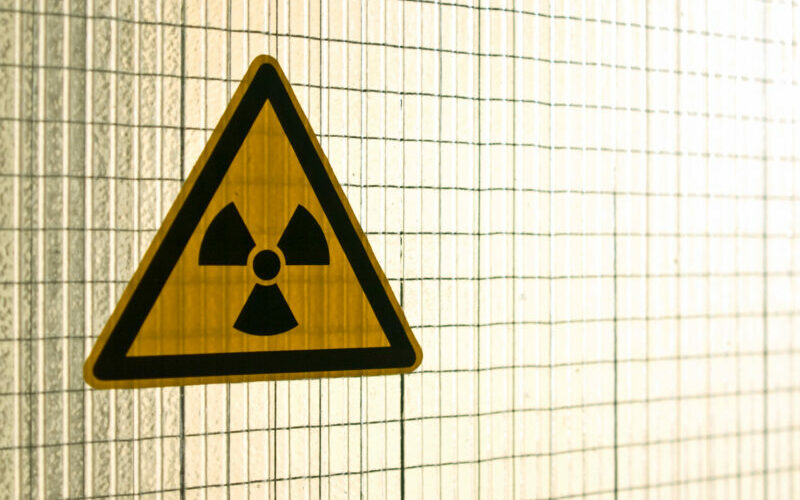With the world on the brink, Australia must take new initiatives on Ban Treaty, nuclear risk reduction.
As the Second Meeting of the TPNW States parties looms (Mon 27 Nov-1 Dec 2023, New York time)(i.e. later today Australian time), Australia has failed so far to undertake any creative new initiative in nuclear disarmament or nuclear risk reduction, in spite of the high hopes entertained in the early days of the Albanese Government that we would either:
- Sign and Ratify the TPNW (Ban treaty)
- Undertake important nuclear risk reduction initiatives that would promote nuclear No First Use or otherwise would make global thermonuclear war less likely.
There is absolutely no good reason for us not to have done so, and doing so would be in Australia’s national security interest.
This takes place against a geopolitical background in which the actual risk of a nuclear conflagration is arguably higher than it has ever been in history, ever, including at the heights of the cold war – with the possible exception of the height of the Cuban Missile Crisis in 1962, a month or so in November 1983 during the NATO Able Archer exercises, and approximately half a hair-raising hour on 26 Sept 1983 when the fate of the world hung on the decision of Colonel Stanislav Petrov. (During the Nov 1983 Able Archer exercises, NATO rehearsed for the apocalypse. The Kremlin however thought it wasn’t a rehearsal and postured its nuclear forces accordingly).
With explicit (and illegal) nuclear threats being made almost weekly by Russia as it loses the war with Ukraine, and with a philosophy of ‘the righteous (Russians) will be raptured to Heaven’ seemingly in charge, the situation with respect to the likelihood of nuclear war is visibly alarming. It is not so long ago (Feb’22) that we are told, the DEFCON level may have been at similar levels to that during the Cuban Missile Crisis. Thankfully it has now dropped.
DFAT seems to believe that ‘now is not the time’ for any kind of action. One might in response say that now above all IS above all the time for initiatives that genuinely reduce nuclear risks. If not now, then when?
Australia, whether it signs and ratifies the TPNW as promised or not (and it absolutely should do so), COULD be taking much more of a leadership role both in disarmament and in nuclear risk reduction.
It could for example, have supported initiatives to put before UN First Committee a resolution that would have reiterated the statements in the G20 Bali and Delhi meetings, that the ‘use or threat of use of nuclear weapons is inadmissible’. A number of people have made strenuous representations urging it to do just that, to much frustration and no avail. It did not do so.
It could have taken initiatives in the General Assembly that would have further promoted nuclear risk reduction ideas, including both de-alerting and No First Use of nuclear weapons – an idea that was considered (but rejected) by the US nuclear posture Review. The review should have adopted it and Australia should have pushed it, and could have done so in a number of venues including (but not limited to) the NPT Review Conference last August, the upcoming TPNW meeting, and the NEXT NPT meeting.
Australia HAS been a principal supporter of Japan’s ‘roadmap’ resolution, which is arguably the most widely supported nuclear disarmament resolution in UNGA.
No doubt this is an important resolution. However it has been criticised by some for lack of ambition, and Australia has been supporting it for years and it is hardly a new initiative – and its current iteration, while it contains much that is worthy, hardly breaks new ground and does not respond adequately to the current crop of nuclear dangers and explicit threats.
Australia urgently needs to ask itself what NEW things it can do both to further the cause of nuclear weapons elimination, and to lower the risk of nuclear weapons use. And that the situation as it now is, is indeed dire, is all the more reason to seek new and effective initiatives.
Australian Coordinator PNND, People for Nuclear Disarmament UN Nuclear Weapons Campaigner, Human Survival Project, Co-Convenor Abolition 2000 Nuclear Risk Reduction Working Group
